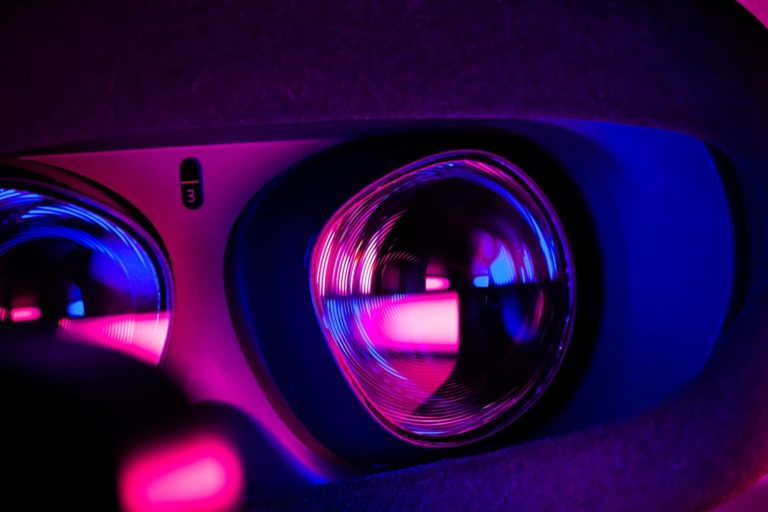
VR traction over the past few years has been slower than many had anticipated. But it’s still finding small wins and is growing at a fairly healthy pace. So the question is how well it’s landing with consumers today, and are those sentiments trending in the right direction?
So we set out for answers. Working closely with Thrive Analytics, ARtillery Intelligence authored questions to be fielded through its established survey engine to more than 98,000 U.S. adults. The result is Wave VI of the research, and a narrative report we published to unpack the results.
Known as VR Usage & Consumer Attitudes, Wave VI, it follows similar reports over the last few years. Five waves of research now bring new insights and trend data to light. And all five waves represent a collective six-digit sum of U.S. adults for robust longitudinal analysis.
Among the topics tackled: How is VR resonating with everyday consumers? How often are they using it? How satisfied are they? What types of experiences do they like most? How much are they willing to pay for it? And for those who aren’t interested in VR… why not?
Competitive Pressure
Following last week’s analysis of the most-used VR headsets, how do those headsets stack up in terms of user satisfaction? Answering that question can indicate the VR features and formats that resonate most, which can offer strategic guidance for VR product road maps.
To do this, Thrive Analytics has applied its CX Index. This 100-point scoring system factors in VR users’ net satisfaction response and ease of use (tracked elsewhere in the survey). The average score for the competitive field of VR headsets was 60.4 – a benchmark for VR satisfaction.
As for individual scores, PSVR leads with 79.1. That’s followed by Valve Index (62.8), HP (Reverb G2) (71.1) HTC Vive (all variants) (62.8), and Meta Quest (all variants) (60.2). These results aren’t terribly surprising, except for Meta’s relatively low score. It’s otherwise well-regarded.
More specifically, Quest 2 is known for its value. So if we consider that CX scores isolate quality and satisfaction – price notwithstanding – these results make more sense. In that sense, we see the most loaded hardware outperform, including Valve Index and HP Reverb G2.
However, there’s an exception to this correlation between headset satisfaction score and spec-loaded hardware. That exception is called PSVR. In fact, it was the top scorer in the satisfaction index. It achieved this despite technical specs that are inferior to the players noted above.
Nintendo-Like
Sticking with PSVR’s leading score, one reason may be its fun and approachable persona. It also has a relatively low-friction UX and setup that’s tied to a popular and familiar gaming console. And though sales have slowed, PSVR 2 could breathe new life into Sony’s VR positioning.
Quest 2 has a similar approach to its marketing and product positioning. Though it didn’t rank well in this particular satisfaction index, there is much to be said for its leading market share in consumer VR. It outsells all other headsets in the market which is the real winning score.
So Quest 2 and PSVR have both eschewed the specs arms race in favor of an “experience sell.” And it’s not the first time we’ve seen this approach. More broadly speaking, Nintendo has used this approach (e.g. Wii, Switch, etc.) to differentiate itself against higher-spec’d rivals.
We’ll see if that Nintendo-like approach continues to pay dividends in the VR market. Meanwhile, there’s room for other strategies, considering Valve Index’s success with gaming enthusiasts. As VR grows, just like the gaming console market, we’ll continue to see various approaches.
But one question is if VR consolidates as other industries have. History tells us that some (not all) consumer tech markets consolidate down to 3 platforms (game consoles) or two (smartphones). In the meantime, a broader competitive field continues to gradually push VR forward.

